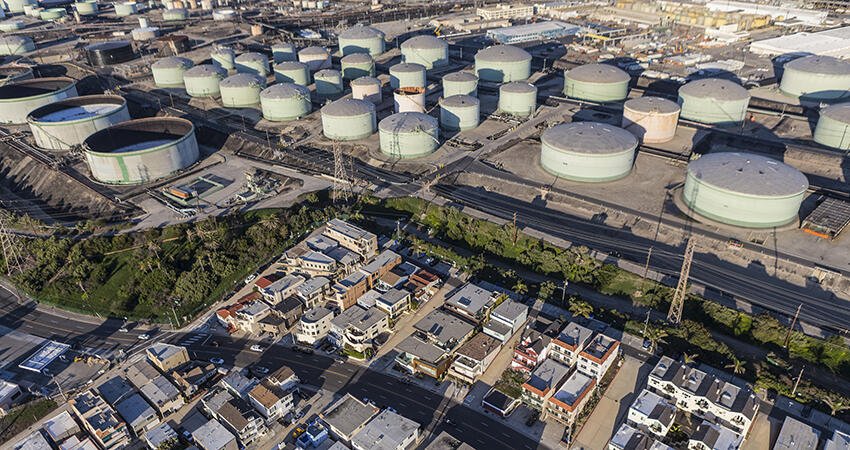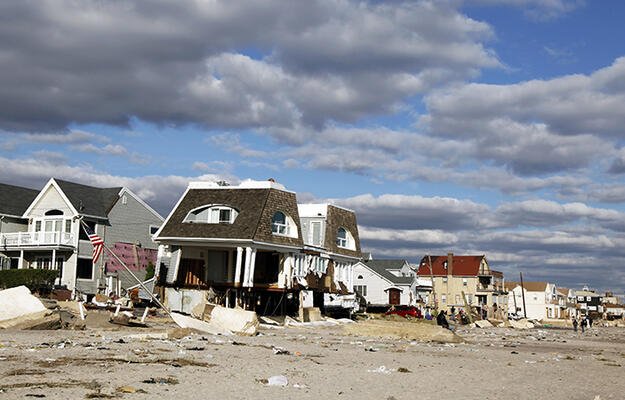
How Do Social and Environmental (Dis)advantages Accumulate in Urban Neighborhoods?
- Title:
- How Do Social and Environmental (Dis)advantages Accumulate in Urban Neighborhoods?
- Author:
-
Jamie L. Humphrey, Megan Lindstrom, Kelsey E. Barton, Prateek Man Shrestha, Elizabeth J. Carlton, John L. Adgate, Shelly L. Miller, and Elisabeth Dowling Root
- Source:
- Publication Date:
-
2019
Research has isolated how a neighborhood’s social factors and environmental hazards separately affect physical health. But the ways these factors influence residents’ lives are complex and multidimensional. For example, the physical health of residents from two communities with similar socioeconomic conditions could differ based on environmental exposure. This study examines the impact of neighborhood-level social factors and environmental hazards in cities on the lung function of people in low-income, nonsmoking households.
This study analyzes data on 182 low-income (less than 80 percent of area median income), nonsmoking residents of five Colorado cities. To limit the influence of connected dwellings, study participants all lived in a single-family home, duplex, or townhome and had not moved for at least six months. The participants were enrolled via another study designed to assess the relationship between housing characteristics related to energy efficiency and respiratory health.
The researchers analyzed 632 census tracts to create a neighborhood typology based on the physical environment (e.g., green space and traffic-related air pollution), social environment (e.g., violent and property crime), racial and ethnic composition (using census categories for non-Hispanic Black, non-Hispanic white, and Hispanic*), and socioeconomic status (e.g., federal poverty level and formal education). The study’s four mutually exclusive neighborhood types are: mixed race, high poverty, moderately poor physical environment; Hispanic and white, high crime, moderate poverty, poor physical environment; Hispanic and white, moderate poverty, moderate physical environment; and white, wealthy, good physical environment.
Key findings
- Living in neighborhoods categorized as “mixed race, high poverty, and moderately poor physical environment” or “Hispanic and white, moderate poverty, moderate physical environment” was associated with reduced lung function, although the effect was small.
- Neighborhoods whose environmental health risks were high also tended to have social factors associated with health risks, such as lower incomes, less college education, lower homeownership rates, and more people likely directly affected by racism.** Neighborhoods characterized by higher incomes, more formal education, and majority white residents had the most green space, low traffic-related air pollution, and low crime rates.
*The Housing Matters editorial team chose to use the terms “Hispanic” to refer to people of Latin American origin, in alignment with the terminology used by the authors of the study.
**The Housing Matters editorial team chose to phrase this in terms of racism, rather than race or ethnicity, because a person’s skin color or ancestry is not the health risk; racism is.
Photo by trekandshoot/Shutterstock


